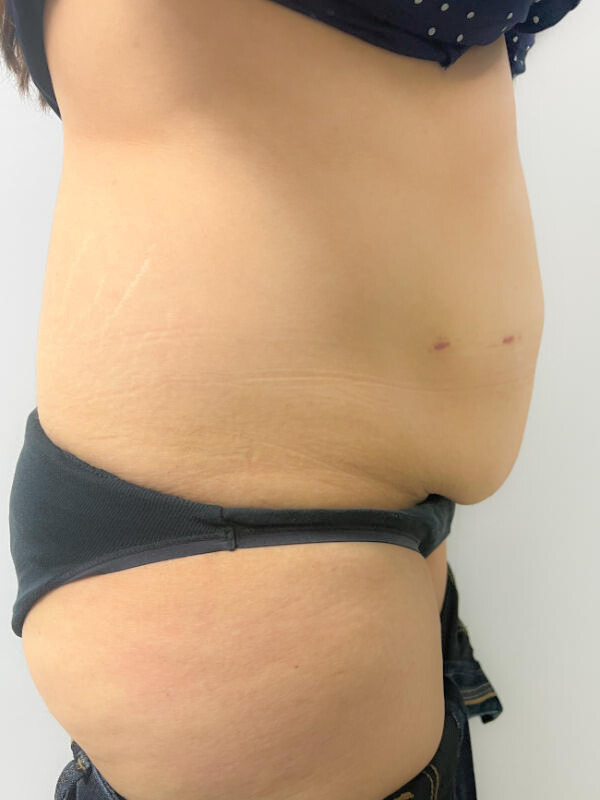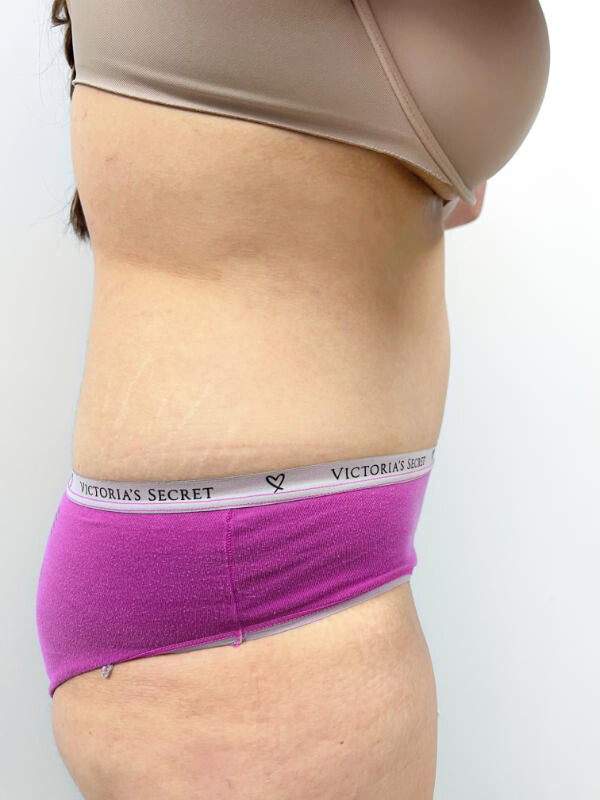Tummy Tuck Surgery
Achieve a firmer, flatter abdomen with this procedure
A tummy tuck—also known as an abdominoplasty—is a highly sought-after procedure for individuals who struggle with loose or sagging abdominal skin, stubborn belly fat, or muscle separation (diastasis recti).
Many people who have experienced significant weight loss or pregnancy find that no matter how much they exercise or diet, the excess skin and weakened abdominal muscles remain. This can make them feel self-conscious about their midsection, especially in fitted clothing or swimwear.
How Is Tummy Tuck Surgery Performed?
Abdominoplasty surgery involves removing excess skin and fat from the abdomen and tightening the underlying muscles for a smoother, more toned appearance.
Results and Benefits:
A More Confident, Active Lifestyle
After a tummy tuck, patients often notice a flatter, firmer, and more sculpted abdominal profile. They feel more confident wearing fitted clothing, swimsuits, and activewear without needing to rely on compression garments or strategic layering to hide their belly.
For many, the surgery brings a renewed sense of freedom in their lifestyle—whether that’s feeling confident at the beach, in the gym, or in their daily lives. No longer needing to worry about excess skin folds or unwanted bulges, they can embrace a more active and confident future.


Frequently asked questions
1. How long does a tummy tuck last?
2. When is the best time for a tummy tuck after childbirth?
3. Can I get a tummy tuck if I plan more children?
4. What are the risks and complications of a tummy tuck?
As with any surgery, there are risks including infection, bleeding, scarring, asymmetry,
sensory changes, and blood clots. Choosing a board-certified plastic surgeon in Dubai and following post-operative care instructions greatly reduce these risks.
5. Is tummy tuck covered by insurance?
6. What type of tummy tuck is best for me—mini, full, or extended?
The right tummy tuck technique depends on the extent of excess skin and muscle laxity.
- Mini tummy tuck: ideal for mild lower abdominal skin laxity.
- Full tummy tuck: addresses both upper and lower abdomen, and repairs abdominal muscles.
- Extended tummy tuck: includes love handles and hip contouring.
Each option is tailored by your Dubai plastic surgeon based on your anatomy and aesthetic
goals.
7. How much recovery time is needed after abdominoplasty?
8. Will tummy tuck remove stretch marks?
9. What is the difference between a tummy tuck and liposuction?
A tummy tuck (also known as abdominoplasty) and liposuction are both body contouring procedures, but they serve different purposes. A tummy tuck removes excess skin and tightens the abdominal muscles, making it ideal for patients with loose skin after pregnancy or weight loss. Liposuction, on the other hand, removes stubborn fat pockets but does not address skin laxity or muscle separation. Many women opt for a combination of both to achieve smoother, more sculpted results.
10. Am I a good candidate for a tummy tuck?
11. Is tummy tuck surgery safe?
Tummy tuck surgery is considered safe when performed by a board-certified plastic surgeon with experience in body contouring procedures. As with any surgery, there are risks such as infection, bleeding, or delayed healing — but these are minimized with proper pre-operative evaluation and post-operative care. Choosing a surgeon licensed by the Dubai Health
Authority (DHA) ensures high safety standards.
12. What is the cost of a tummy tuck in Dubai?
13. Will I have a scar after abdominoplasty?
14. Can I combine a tummy tuck with other procedures like liposuction or breast surgery?
Yes, it is very common to combine a tummy tuck with procedures such as liposuction, breast lift, or breast augmentation — especially in what’s known as a Mommy Makeover.
Combining surgeries reduces overall recovery time and can deliver more harmonious body results. Many women in Dubai choose this approach for full body rejuvenation after pregnancy.
15. How soon can I return to exercise after a tummy tuck?
Light exercise like walking can resume after 3–4 weeks, but strenuous workouts or abdominal exercises should be avoided for at least 6 weeks. Always follow your plastic surgeon’s recovery plan to avoid complications and support proper healing.
